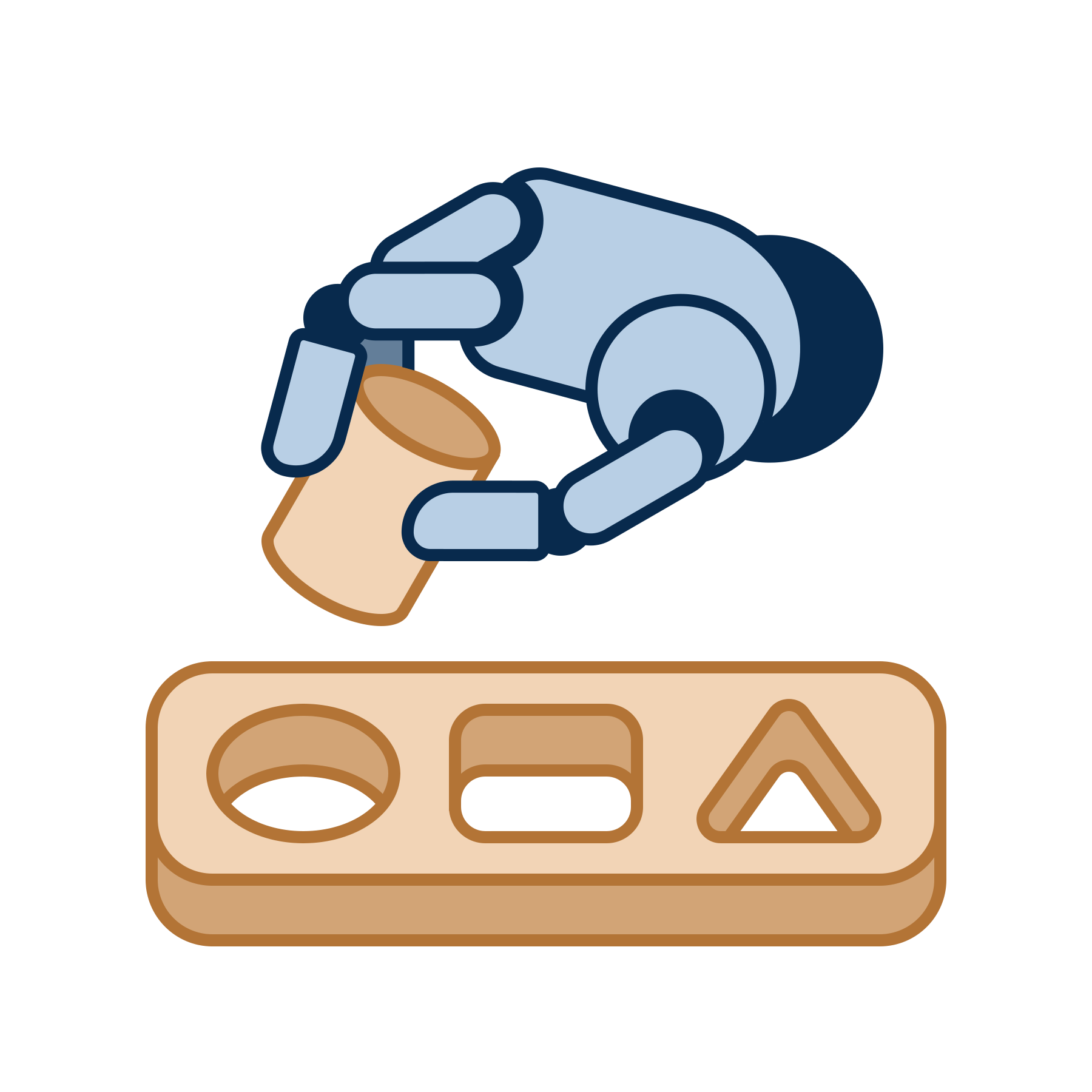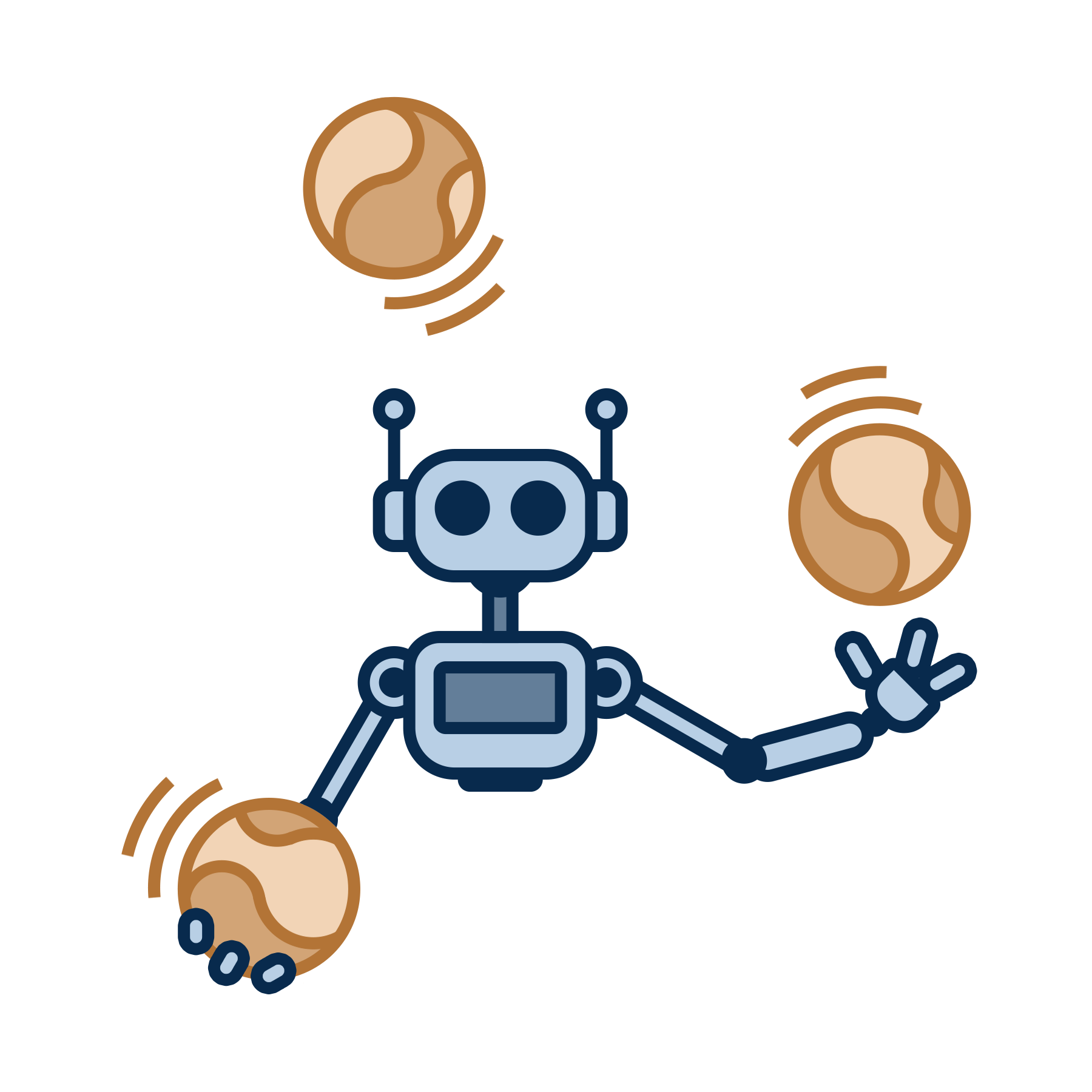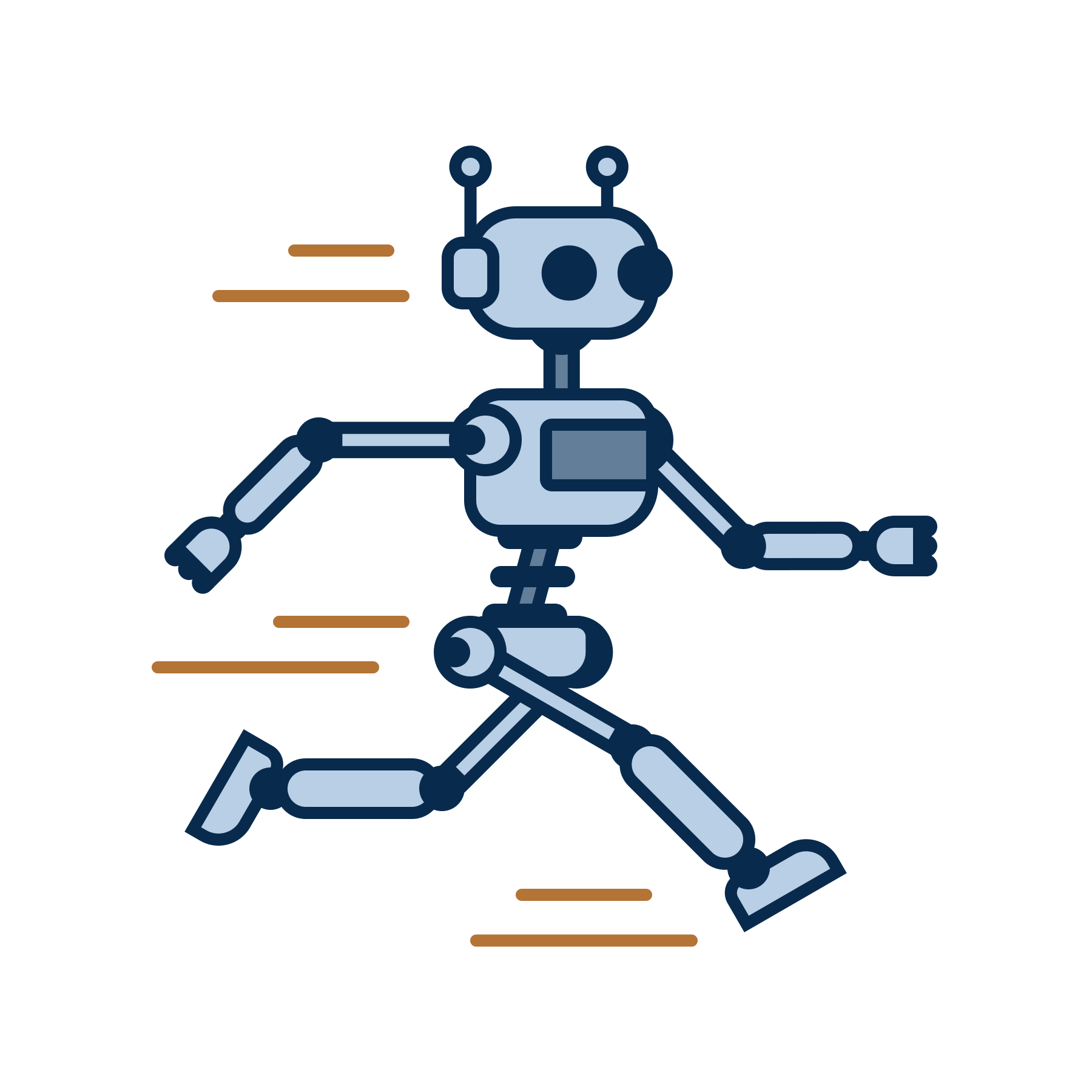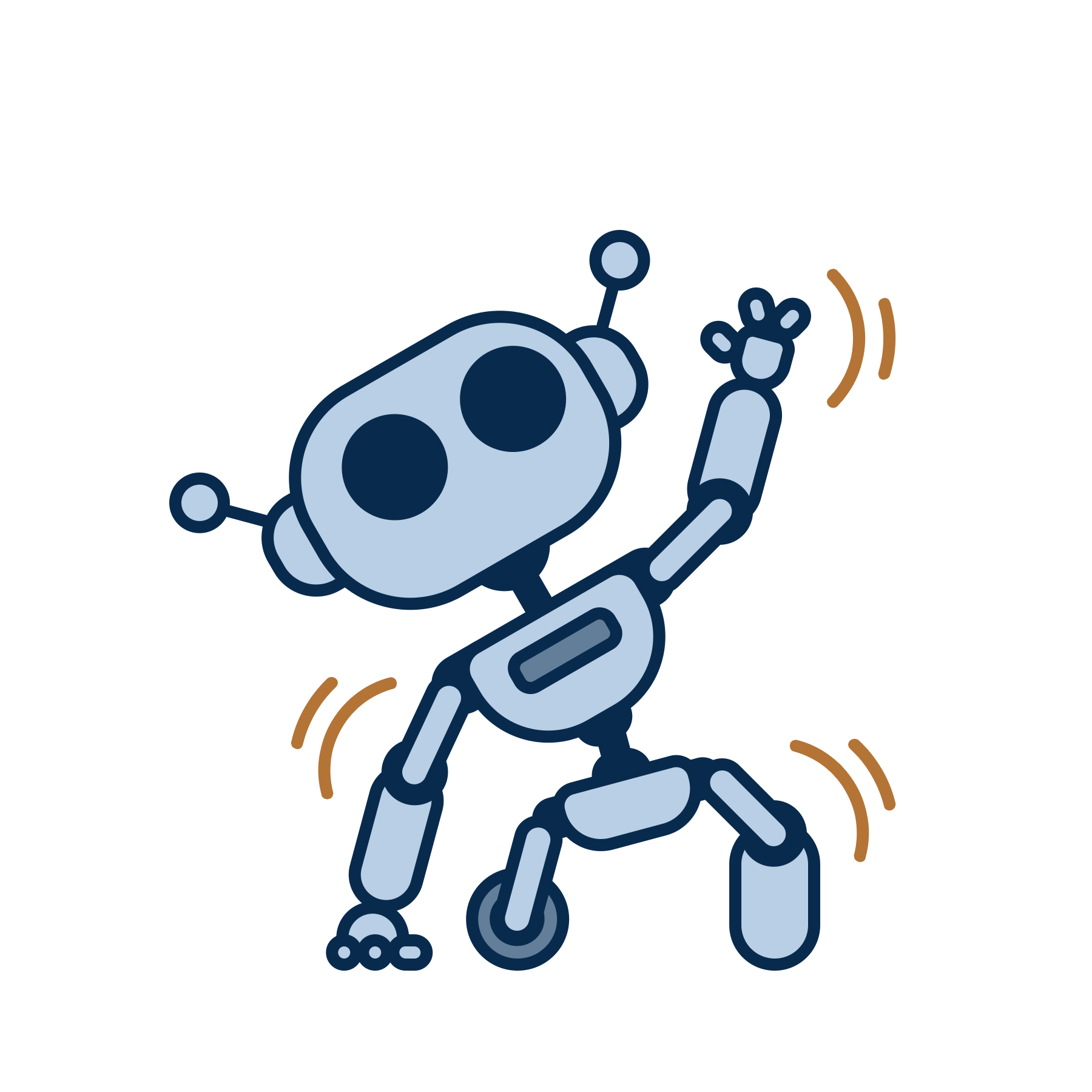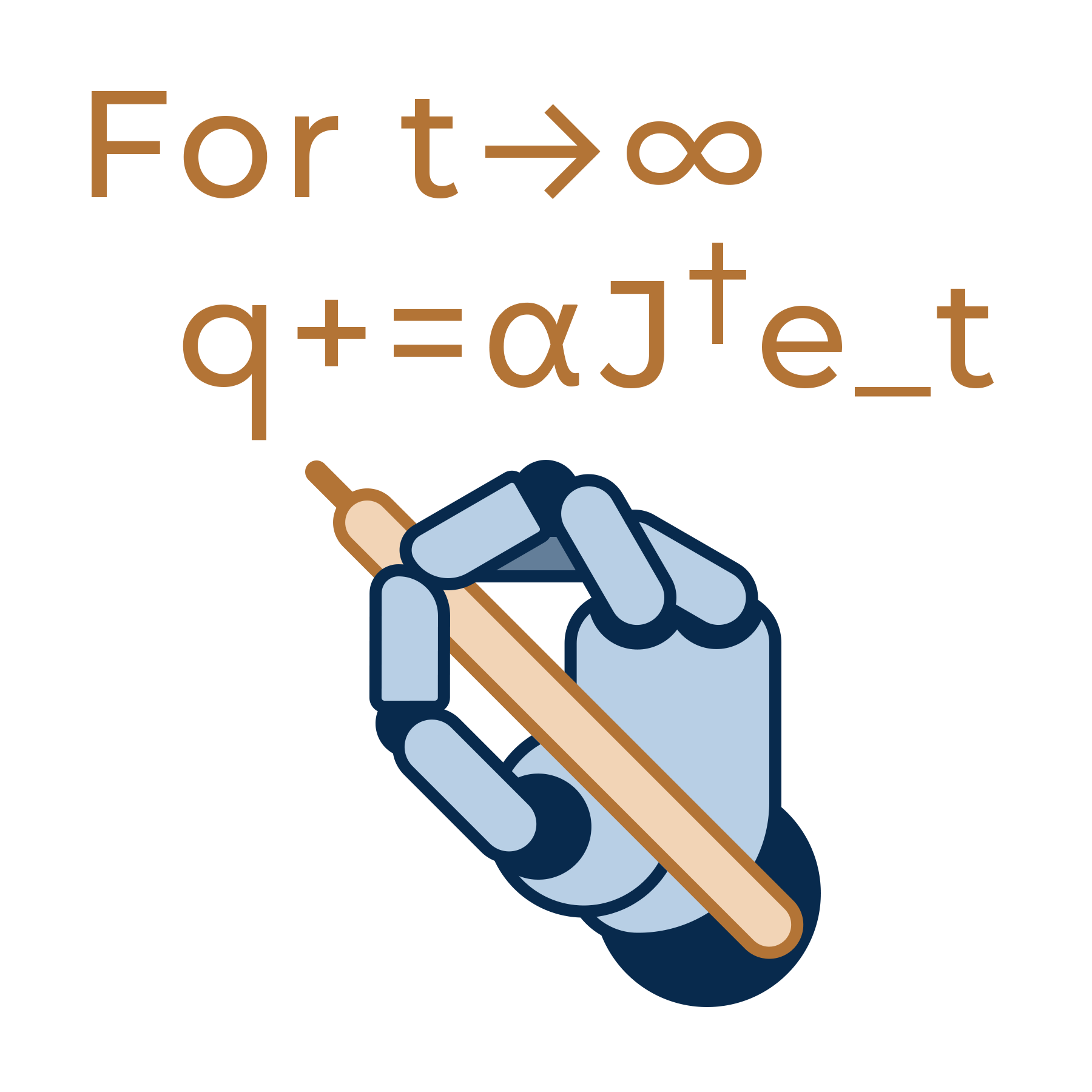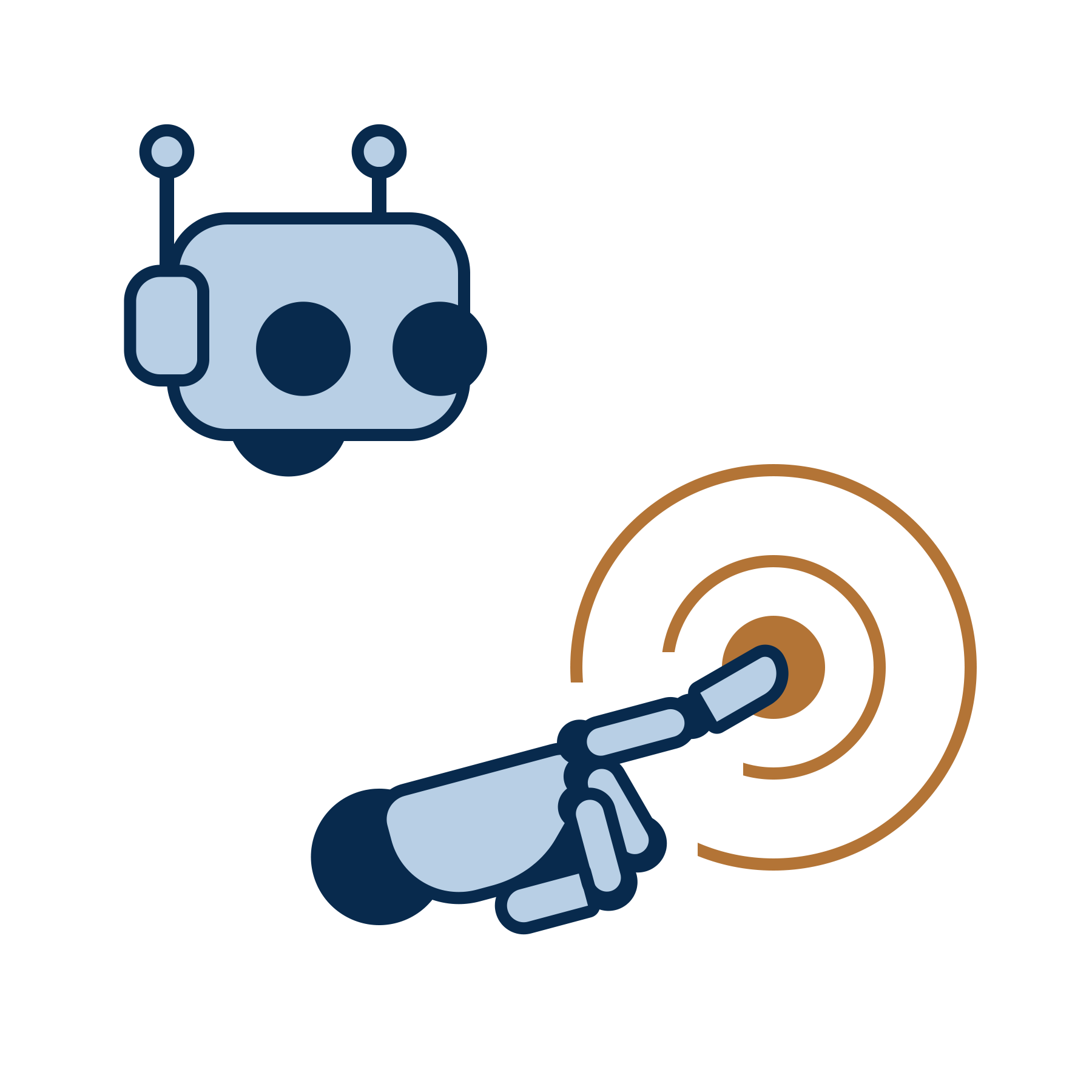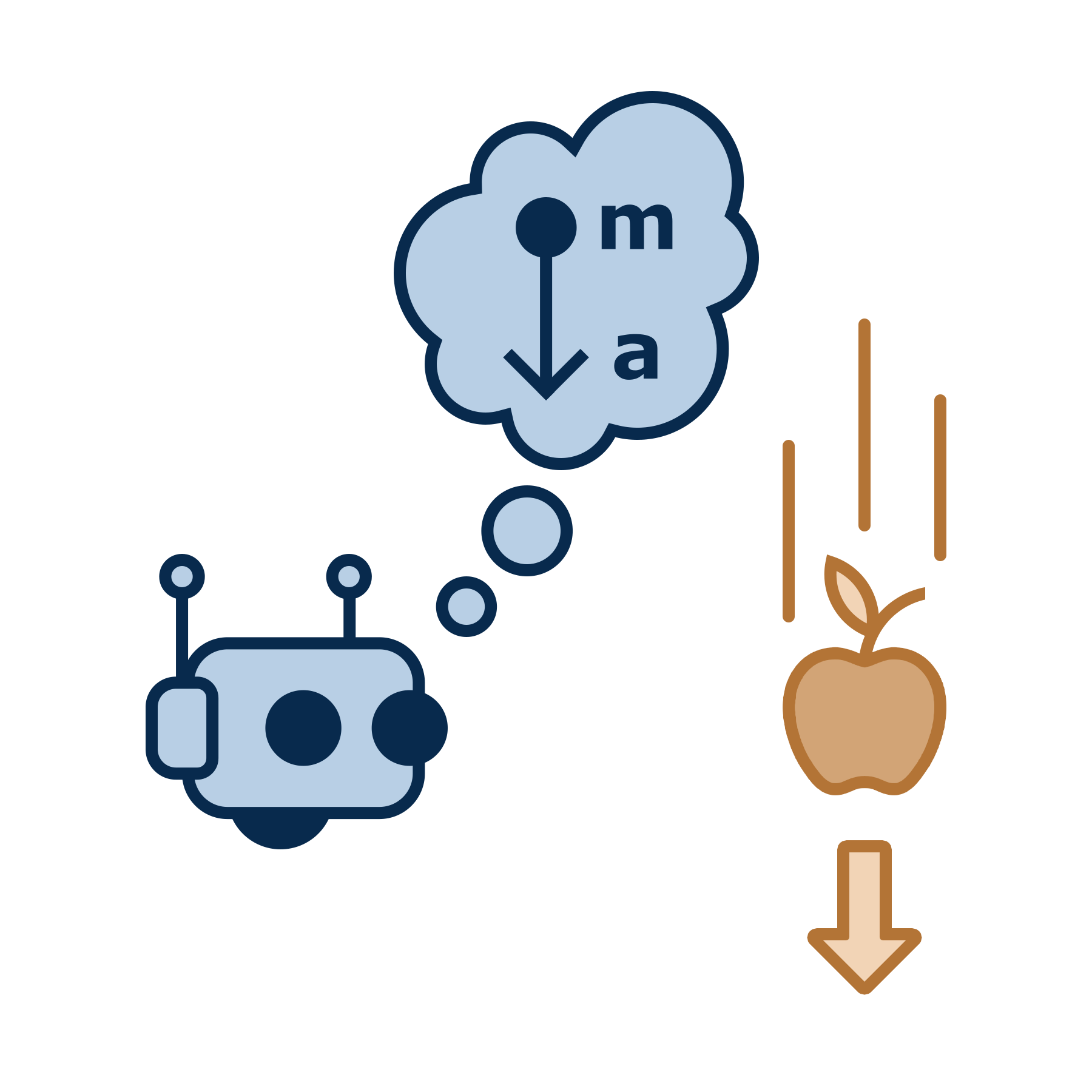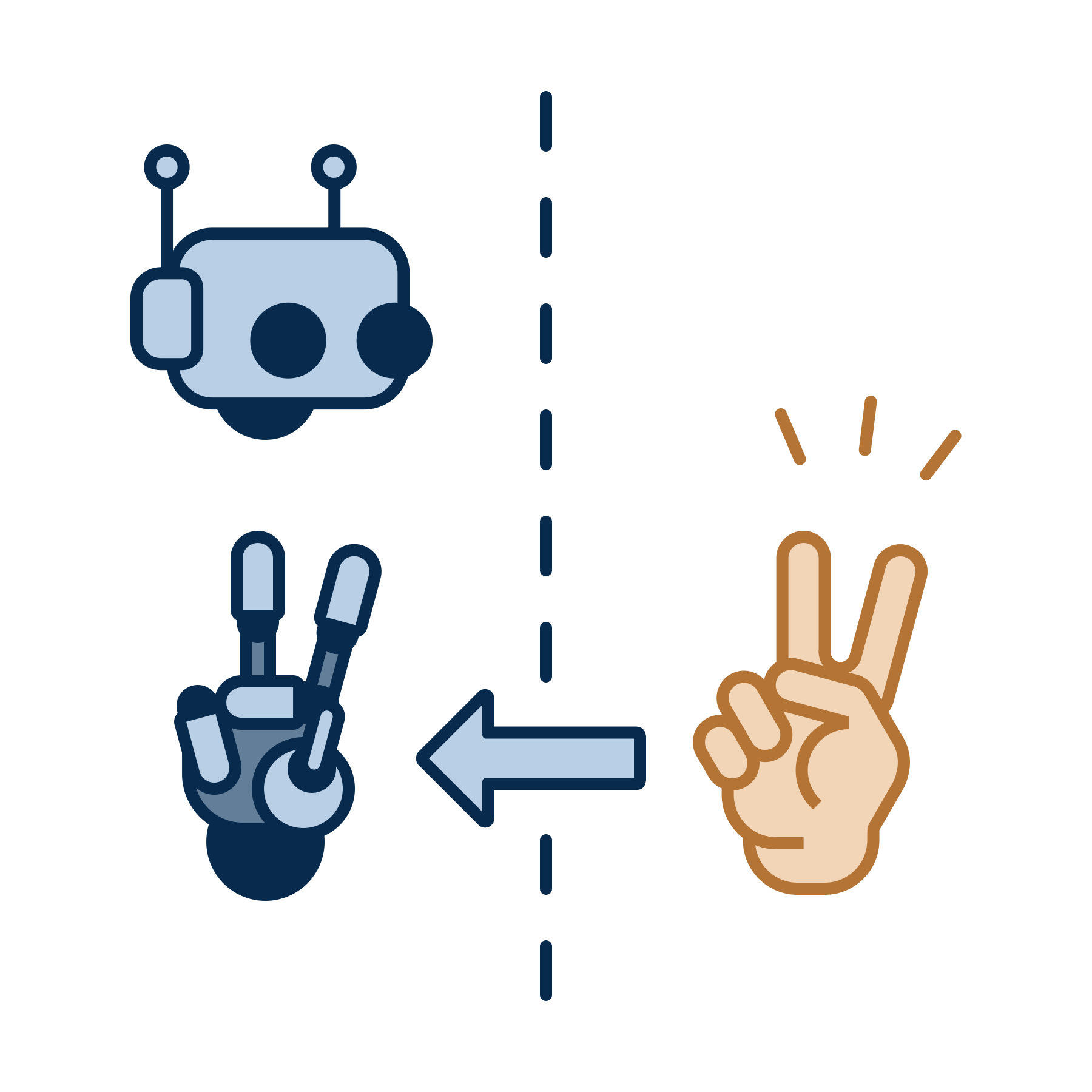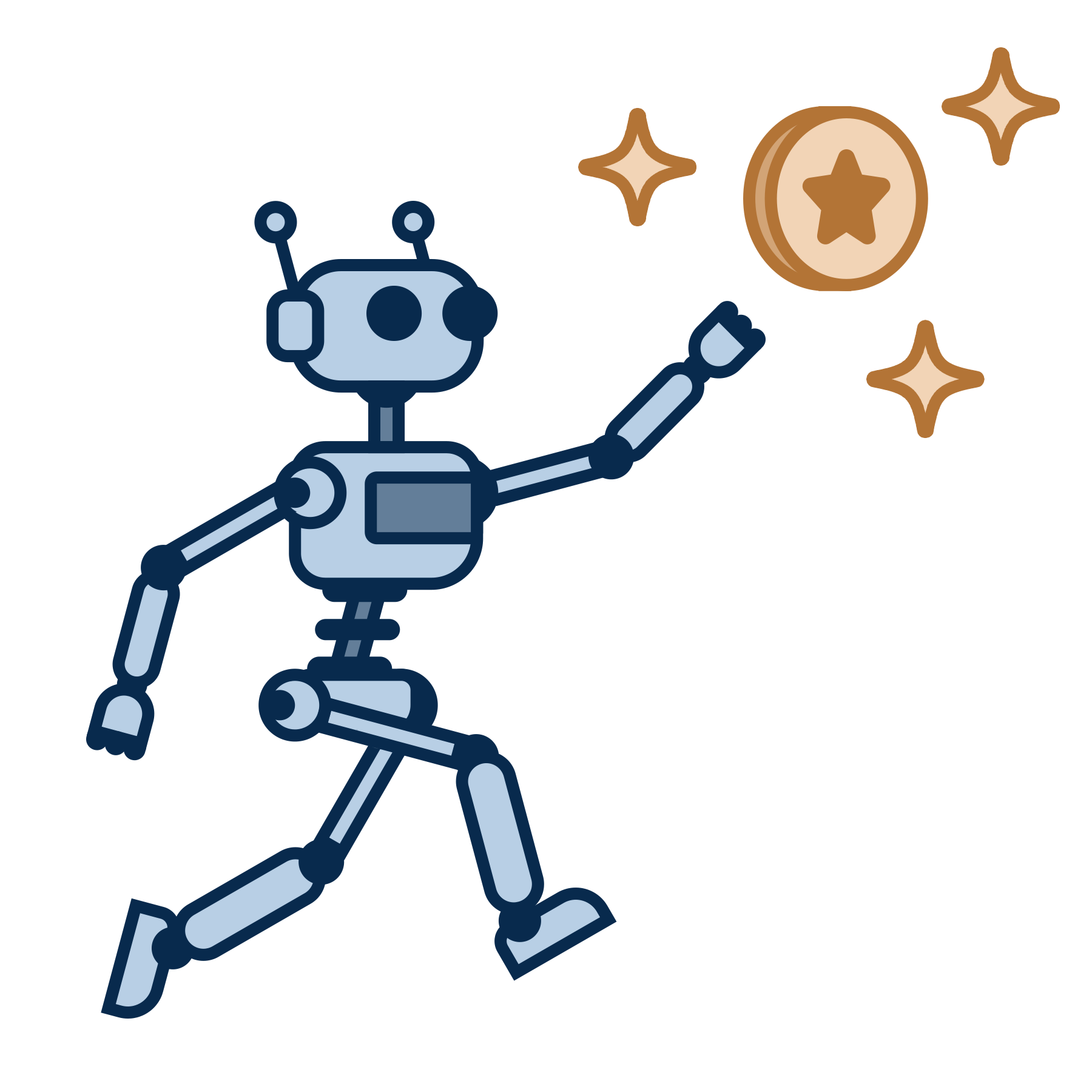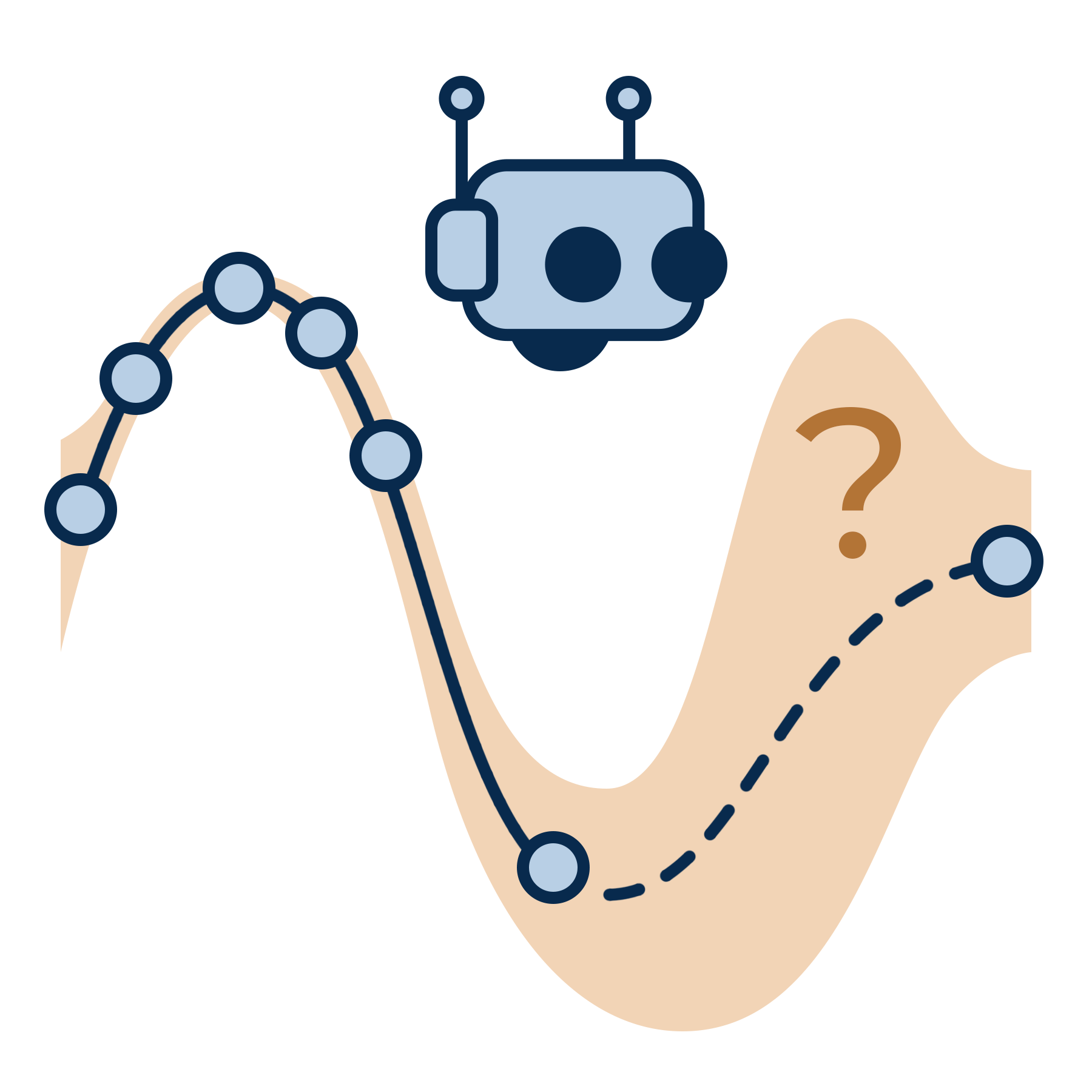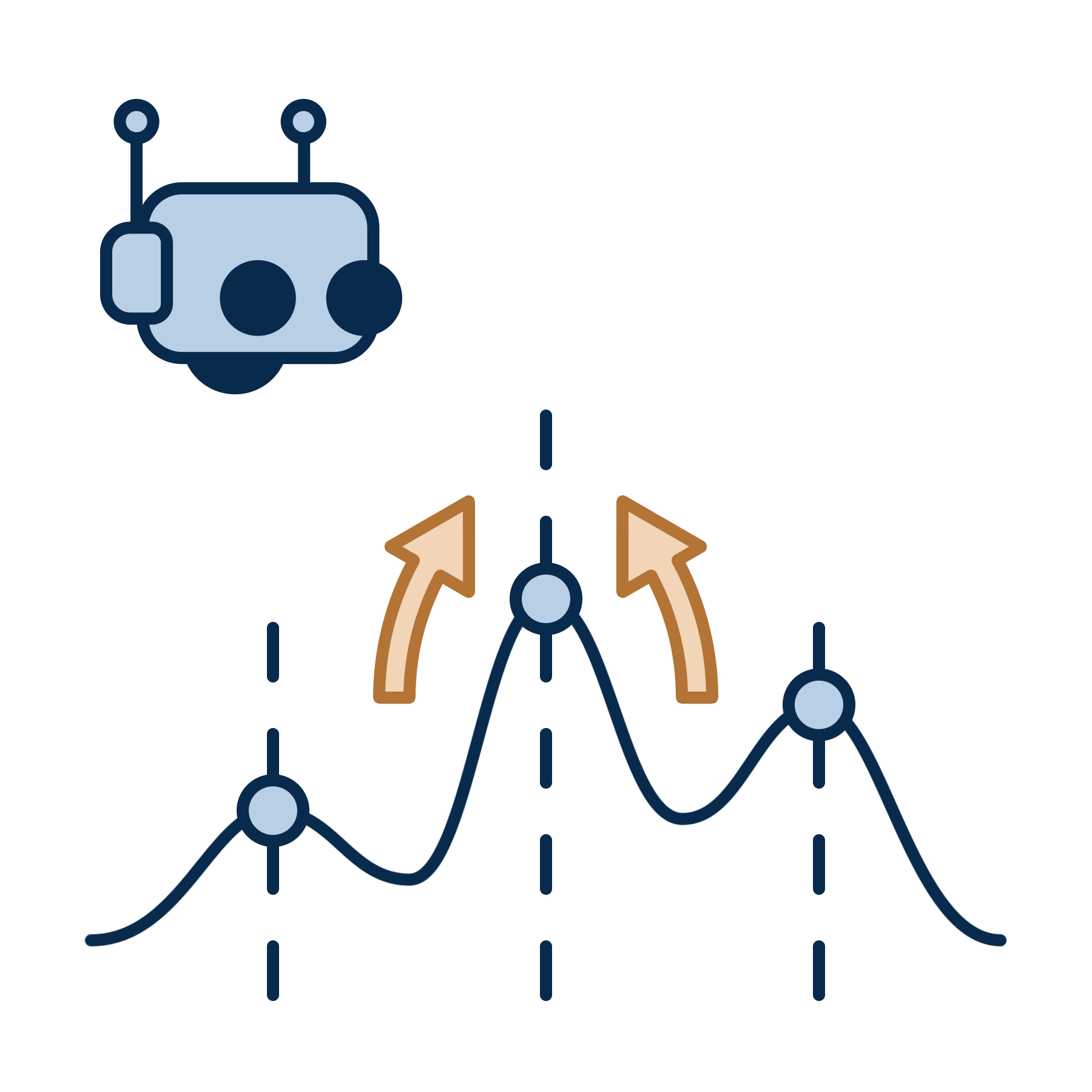Research Overview
Creating autonomous robots that can learn to assist humans in situations of daily life is a fascinating challenge for machine learning. While this aim has been a long-standing vision of artificial intelligence and the cognitive sciences, we have yet to achieve the first step of creating robots that can learn to accomplish many different tasks triggered by environmental context or higher-level instruction. The goal of our robot learning laboratory is the investigation of the ingredients for such a general approach to motor skill learning, getting closer to human-like performance in robotics.
Our research in Robot Learning extends and connects different disciplines: Machine Learning, Robotics and Control, and Cognitive Science. We focus on solving basic problems in robotics while developing domain-appropriate machine-learning methods. Starting from theoretically well-founded approaches to representing the required control structures for task representation and execution, we replace the analytically derived modules with more flexible, learned ones.
Robotics. While machine learning is a powerful approach to pushing robot performance to the limits, proper knowledge of robotics and control engineering is essential to deploy the learning systems on robotic platforms.
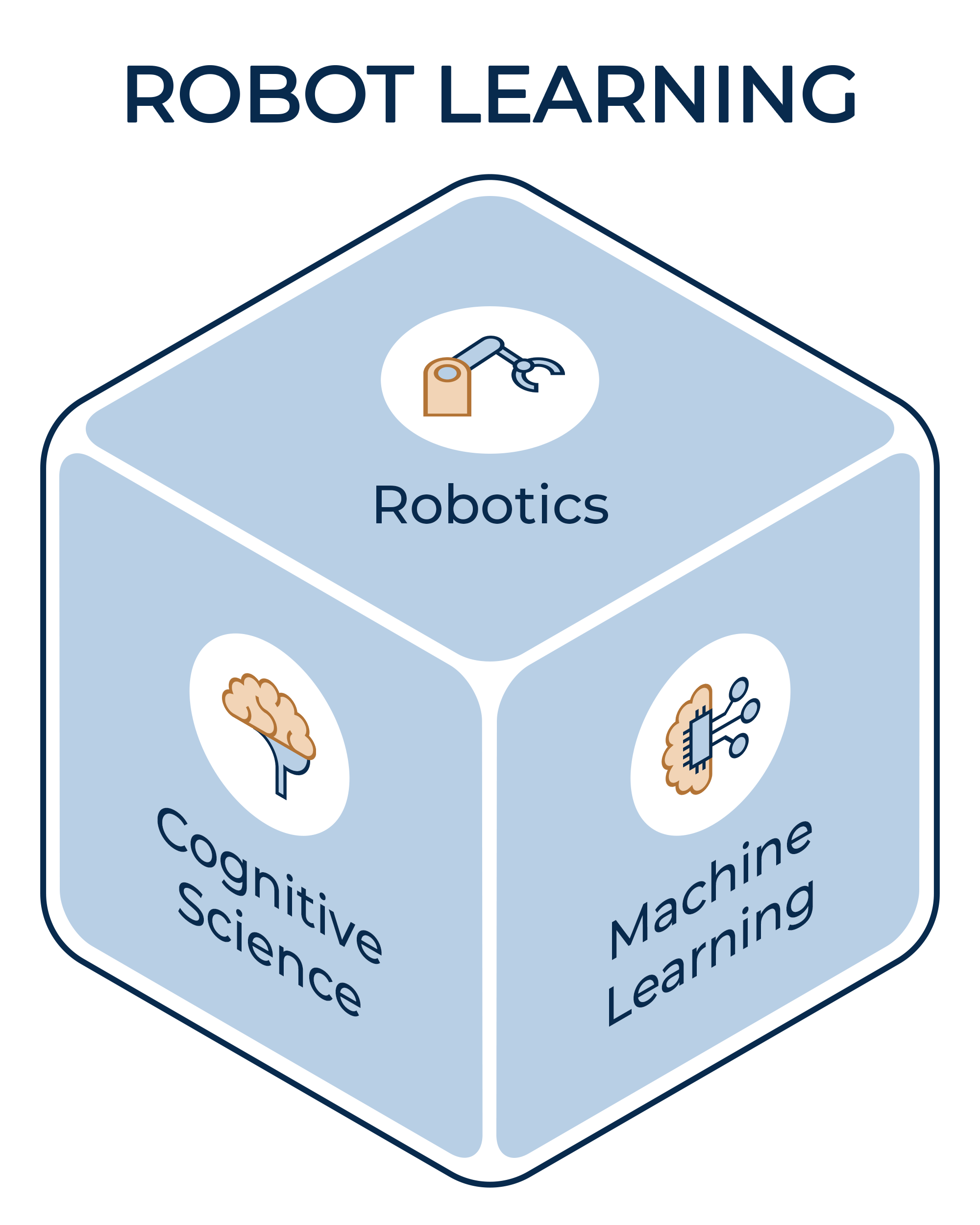
Our research in robotics focuses on exploiting the structure of mechanical systems to improve low-level control performance, impose safety constraints, and efficiently solve manipulation tasks. In particular, the manipulation problems are of great interest to our group, as a wide variety of new sensor technologies, mechanical improvements, and increasing computational power can be leveraged to enable exponential growth in robotic manipulation capabilities.
Machine Learning. Successfully applying robots in unstructured environments to tackle a diverse set of tasks requires systematic integration of engineered components with learned modules. For many practical applications, the required models (e.g., policy representation, system dynamics, perception modules, etc.) are too complex to be specified by hand. Therefore, data-driven methods play a key role in the systems developed at our institute and form an important research area of our group.
Cognitive Science. Our research on robot learning is also connected with the study of the human mind and the modeling of human behavior. By increasing our understanding of how humans learn to perform novel tasks, we can discover novel ways for robot learning. Conversely, insights from robot learning may increase our understanding of the human mind. Better models of human behavior may further yield improved algorithms for control (e.g., legged locomotion, object manipulation, active perception) and enable more natural human-robot interaction.
An older research overview can be found here.

